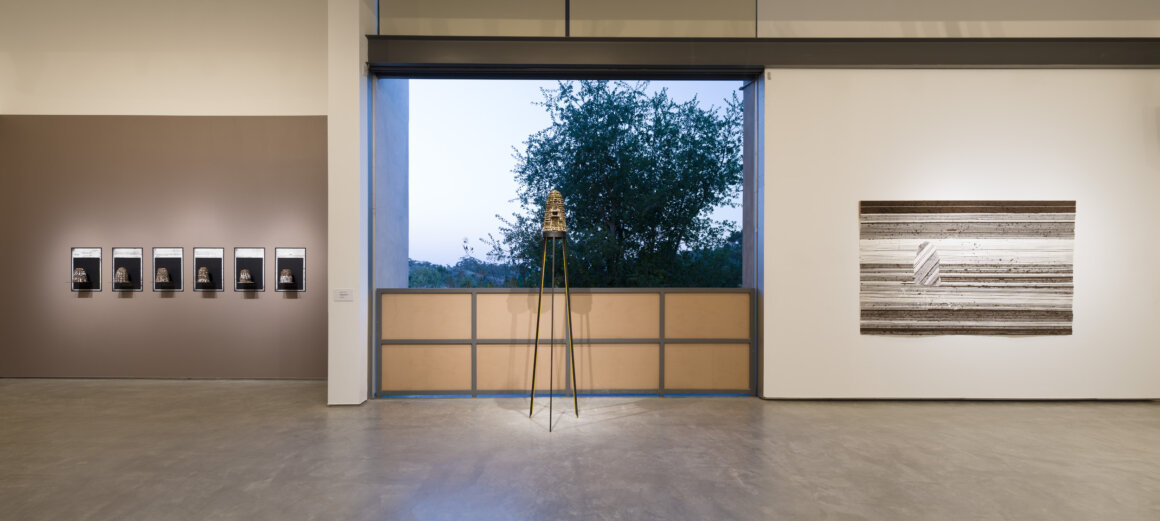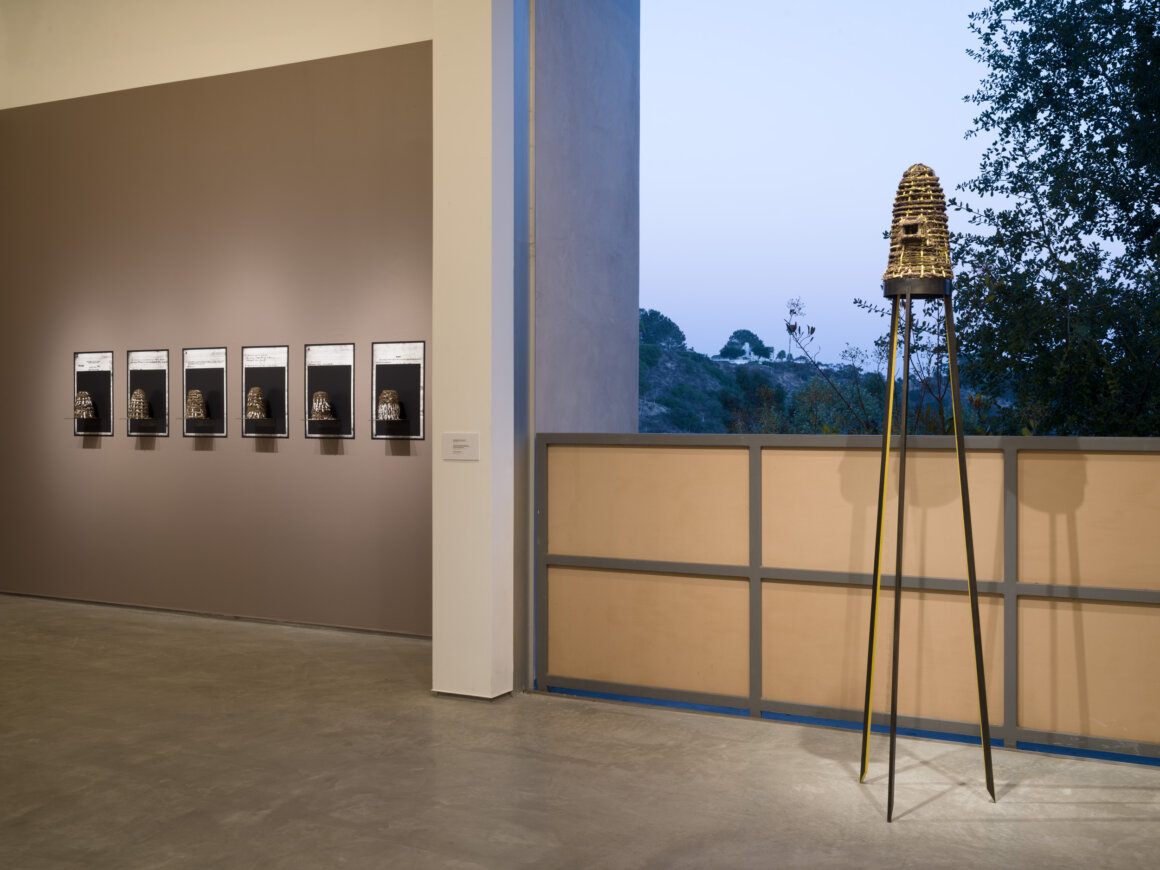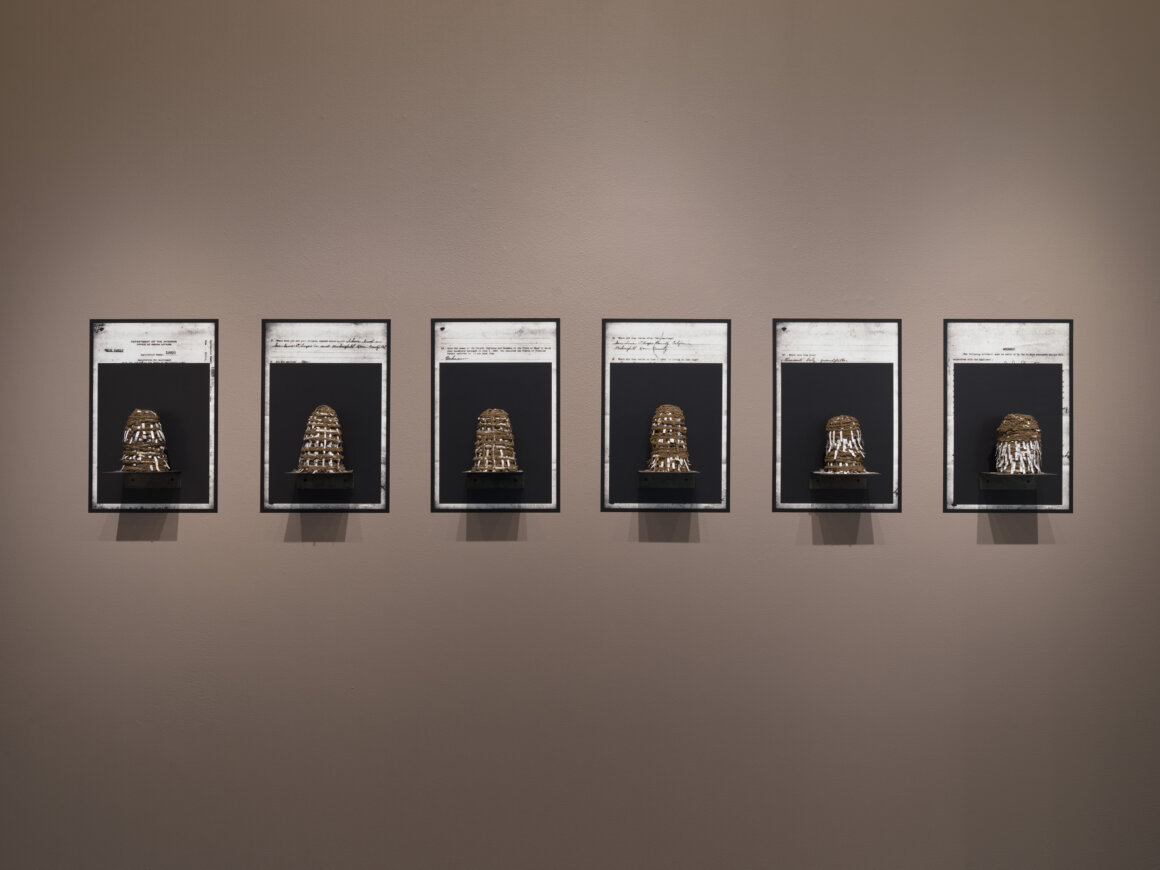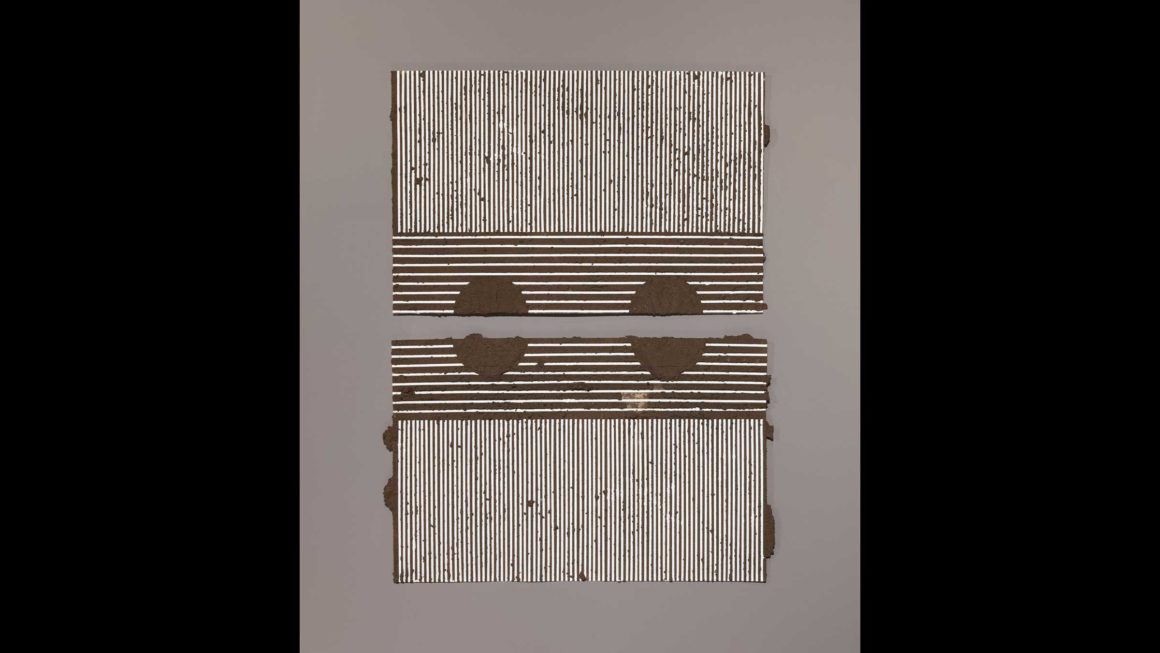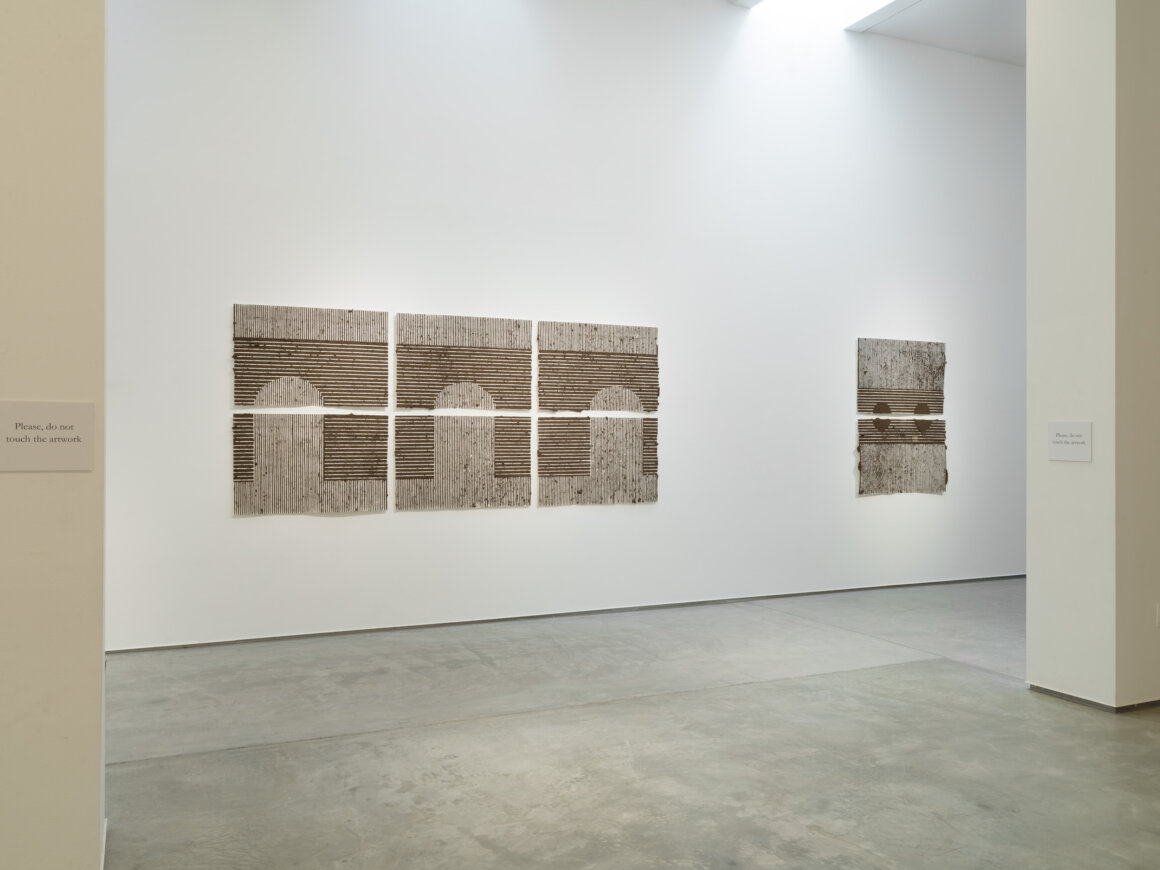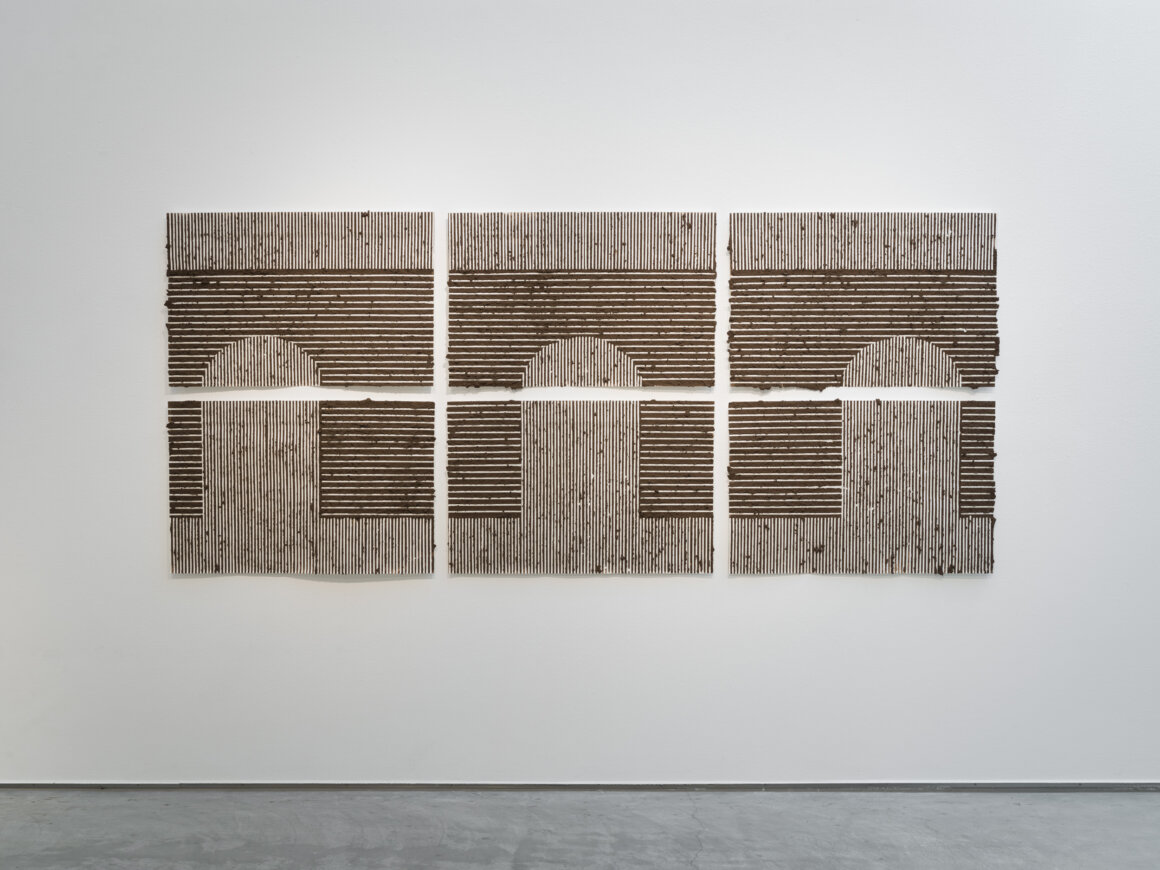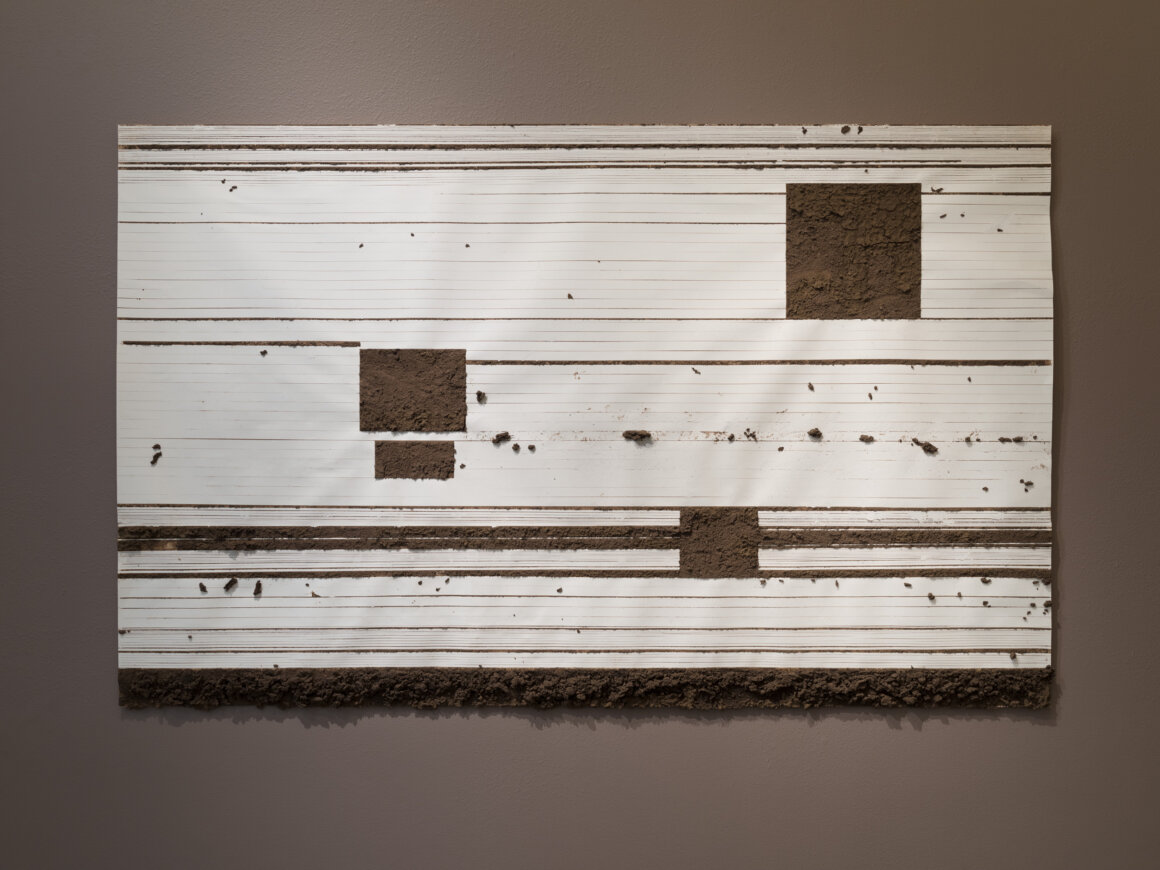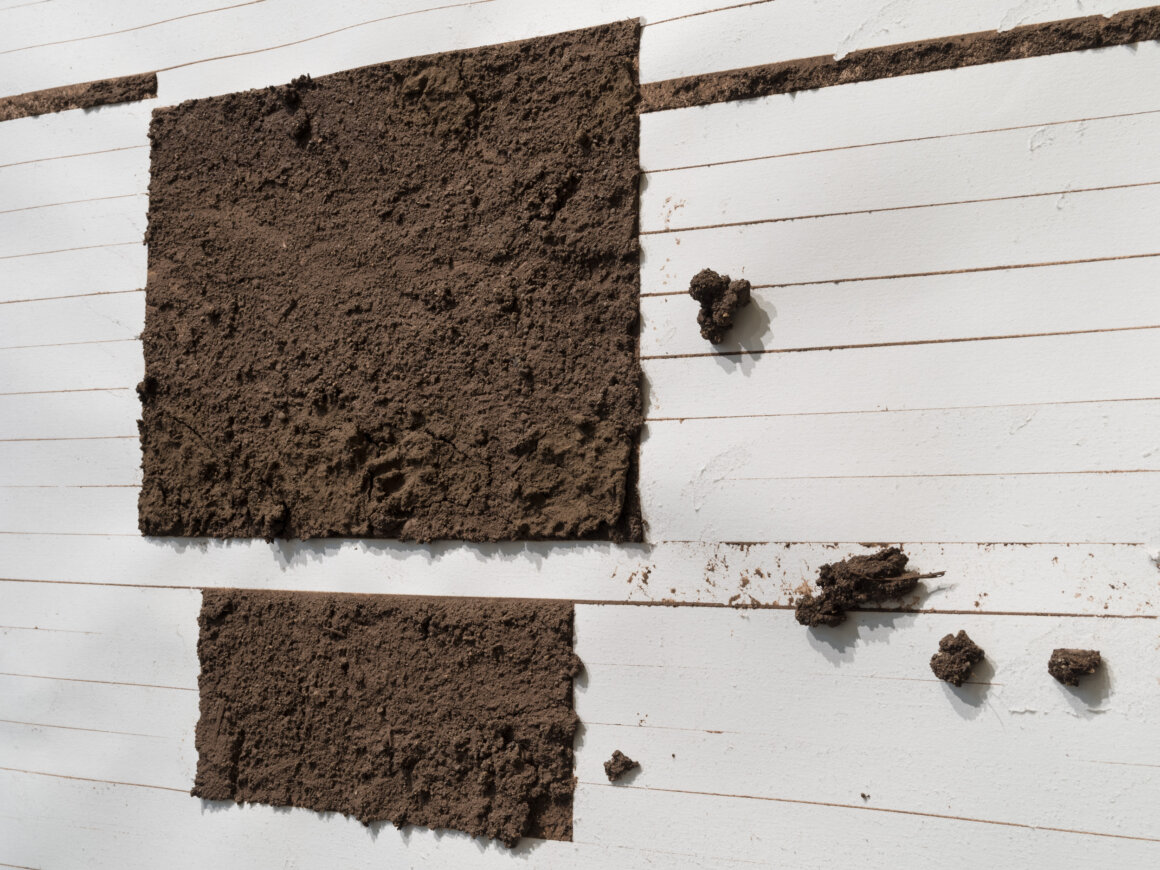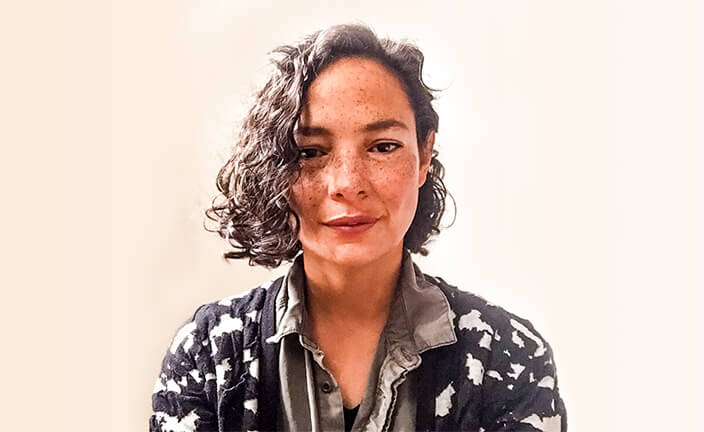About
In Coming Home Christine Howard Sandoval explores the complicated history of California Indigeneity and its relationship to the archive, a place in which collective memory is stored. In California, these places of record-keeping are a dichotomy of representation as the history constructed by settlers, whose documents embody a colonial narrative of erasure, but are also embedded with the seeds of Indigenous knowledge paramount to the reconstruction of Indigenous language, cultural practices, and relationships to the land. Howard Sandoval is working with the archive to trace the migration of her Chalon Ohlone ancestors, telling the story of her community, her family, and her coming home to California.
Indigenous People, through the missionization of California and the Gold Rush era, were killed, dislocated from their land, and stripped of their identities. Treaties left unrecognized, repressed, and broken, perpetuate these systemic injustices as modes of eradication. Howard Sandoval draws on architectural motifs from Spanish mission architecture as vessels for these conversations and as a way to change the language we use around the genocide of Indigenous people. She draws out the relationship between architecture and Indigeneity, where the form and intention of the mission’s arch, as a place to enter or pass through, is also found in the corma*, the mound, and the woven basket. She transforms the shape of the arch as an architectural design across sculpture, drawing, and archival documentation to consider the multivalent and uneasy composition of a colonized land and subjectivity.
Howard Sandoval uses adobe to bring into focus the history of forced labor of Indigenous People used in the constructions of the adobe missions. The earthen material is a reminder of the symbiosis between land, Indigenous identity, and self-determination across generations. Inspired by historical etchings found in the Bancroft Library Archive she uses masking tape and adobe to create imprints on drawing paper. Collecting the adobe-covered masking tape in a pile, the archive naturally assumes the forms of the mound. The mounds become personifications; entities that navigate a history of surveillance, land surveying, incarceration, excavation, and erasure as they strive for the endurance and protection of their place in the land.
Howard Sandoval is an interdisciplinary artist of Chalon Ohlone, Mexican, and Spanish ancestry. She has exhibited nationally and internationally; at the Contemporary Art Gallery (Vancouver, BC), Disjecta (Portland, OR), The Museum of Capitalism (Oakland, CA), Designtransfer, Universität der Künste Berlin (Berlin, Germany), El Museo Del Barrio (Bronx, NY), and Socrates Sculpture Park (Queens, NY). Her first solo museum exhibition debuted at The Colorado Springs Fine Art Center in May 2019, during which time she was the Mellon Artist in Residence at Colorado College. Howard Sandoval has also been awarded residencies at UBC Okanagan, Indigenous Art Intensive program (Kelowna, BC), ICA San Diego (Encinitas, CA), Santa Fe Art Institute, Triangle Arts, and The Vermont Studio Center. She holds a BFA from Pratt Institute (NY) and an MFA from Parsons The New School for Design (NY). She is currently Assistant Professor of Interdisciplinary Art in the Audain Faculty of Art at Emily Carr University (Vancouver, BC).
*Corma, or wooden hobble, placed around the legs of mission Indians who defied Franciscan authority. The offender’s legs would have been placed between the two pieces of wood. Once closed, the hobble would have been secured with a chain.
– Children of Coyote Missionaries of Saint Francis: Indian-Spanish Relations In Colonial California 1769- 1850 by Steven W. Hackel

